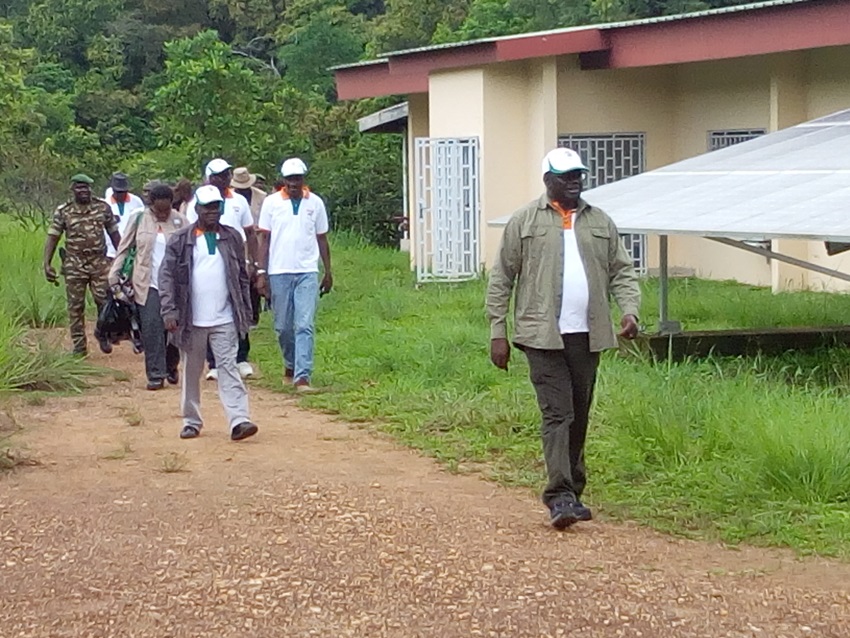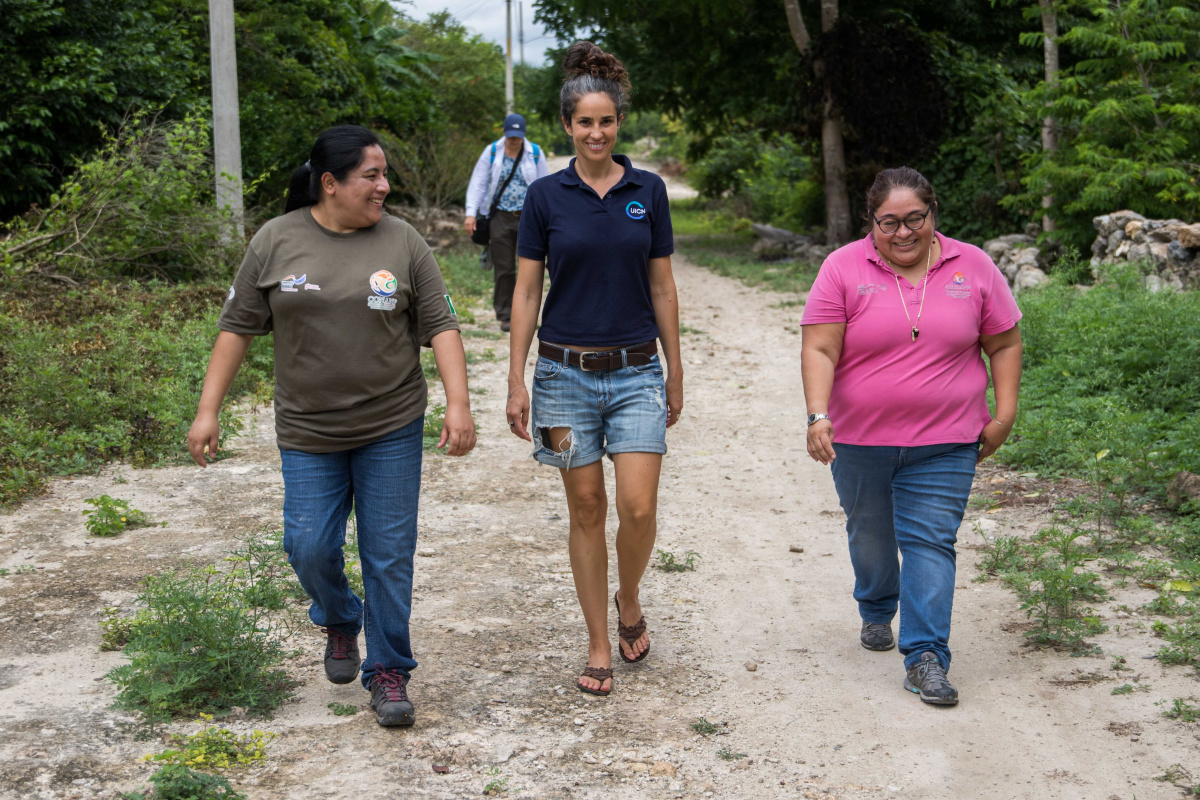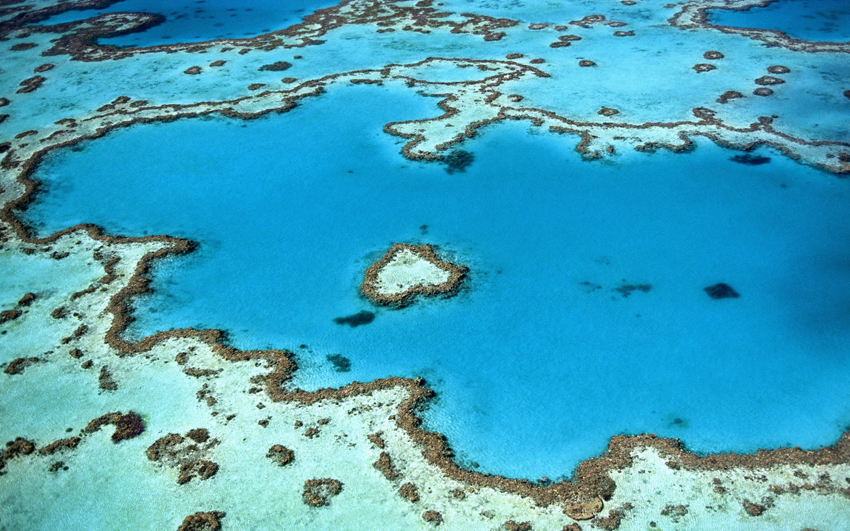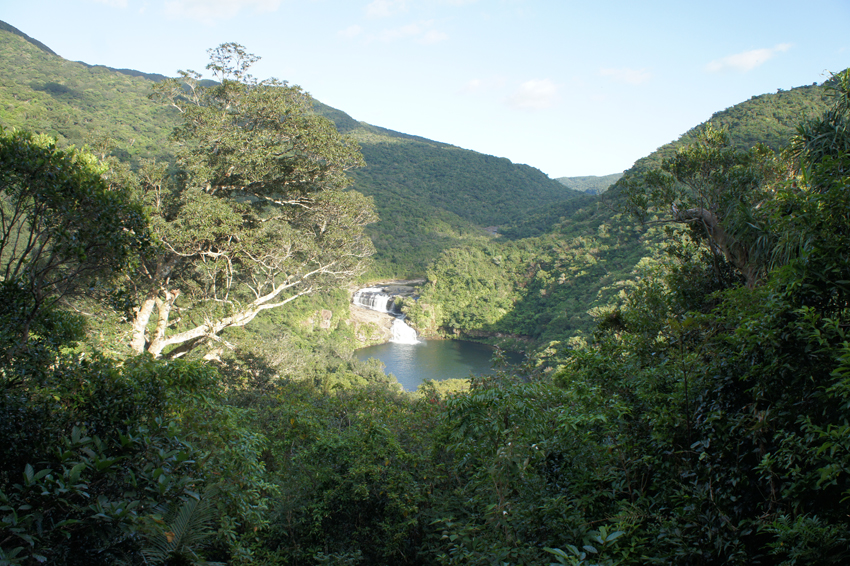Ivorian parks DG speaks on Comoé National Park’s removal from World Heritage ‘danger list’
A key decision of the World Heritage Committee in 2017 was the removal of Côte d’Ivoire’s Comoé National Park from the List of World Heritage in Danger, following IUCN’s advice. IUCN – the World Heritage Convention’s advisory body on nature – caught up with Adama Tondossama, Director General of Office Ivoirien des Parcs et Réserves (OIPR), the authority responsible for national parks in Côte d'Ivoire.

Photo: OIPR
Comoé National Park is the first World Heritage site to be removed from the ‘danger list’ in West and Central Africa in over 10 years. The region boasts 20 natural World Heritage sites, home to iconic species such as great apes, big cats, elephants and rhinos. However, due to instability, 10 of these sites have been listed as ‘in danger’, many of them for decades.
Following a stabilisation of the political situation in 2012 in Côte d’Ivoire, effective management of Comoé National Park proved successful. A 2017 IUCN mission confirmed that species populations are on the rise, possibly for the first time in nearly 15 years, including for chimpanzees and elephants which were thought to have gone from the park.
Q&A with Adama Tondossama, Director General of Office Ivoirien des Parcs et Réserves (OIPR)
Comoé National Park has come off the List of World Heritage in Danger, following IUCN’s recommendation. What does this decision mean to you?
This decision recognises the efforts made by the Government of Côte d’Ivoire through the Office Ivoirien des Parcs et Réserves (OIPR), and its technical and financial partners, towards efficient management of Comoé National Park. As reflected in IUCN’s recommendation, the challenge is now to maintain and strengthen the achievements of recent years through the management of this World Heritage site in Côte d'Ivoire.
What does this decision change for the site, for the country, and for local people?
It is an encouragement to Côte d'Ivoire regarding its macroeconomic indicators, which are currently in the green. The relatively stable socio-political and economic situation is recognised in a sense, as Côte d'Ivoire’s environment is also made up of its national parks and nature reserves, of which Comoé National Park is the largest.
Moreover, this decision calls on the Government of Côte d'Ivoire to continue its support and maintain a favourite business climate, on technical partners to strengthen their support, and on local populations to continue to engage the site’s management.
For the site, it is the sign of a new era on the eve of its 50th anniversary, which we will celebrate next year. The site can now turn to an important aspect of its management, namely touristic value and promotion. The decision gives the signal that economic operators can invest in sustainable partnerships and in ecotourism to generate more income for local people.
Comoé National Park is the first of West and Central Africa’s World Heritage sites in a decade to come off the Danger List. What is your message to the authorities and staff of these areas?
It is a real honour and a real emotion to have made such a modest contribution from Côte d'Ivoire through the OIPR. It is also recognition that increased mobilisation around a common goal, supported by motivated teams, is key to success.
That is why our message to the authorities and staff of sites which are still inscribed on the List of World Heritage in Danger is to strengthen ties and mobilise action towards a common goal. Action plans are needed and must be regularly evaluated to ensure its proper implementation. This cannot be done without, on the one hand, a significant financial contribution from the State to motivate staff, a strong involvement of all the stakeholders –notably local communities and civil society organisations– and on the other hand, strong mobilisation of technical, financial and scientific partners at all levels of these sties’ management.
What kind of support did you receive from IUCN to improve the conservation of Comoé National Park?
As the organisation of reference for biodiversity, IUCN provided technical and financial support when we began our initiative to restore the park’s conservation, which had remained without management for 10 years because of the crisis in Côte d'Ivoire from 2002 to 2010.
This support continued for the development of a site management plan for the 2015-2024 period. IUCN has also coordinated partnership funding, including from the African World Heritage Fund, as well as actions in Comoé National Park. It has thus helped to strengthen the capacities of our anti-poaching intervention teams.
IUCN has also brought expertise in the development and implementation of our strategies for wildlife monitoring, particularly elephant monitoring. It assisted park managers in engaging local communities in the park’s conservation. Finally, IUCN provides advice remotely, without interruption, to our management teams. Most of the site’s management effectiveness assessments were carried out with IUCN.
What are the next steps to ensure improvements continue?
The first challenge remains communication with people living close to rivers to encourage them to change behaviour and support the conservation of natural resources, both within the protected area and in the periphery. To achieve this, sustainable measures, such as community-based and income-generating projects, must still be developed to improve these communities’ wellbeing.
The other challenge is to continue to develop basic facilities and infrastructures in the park to maintain our staff’s day-to-day activities – something currently under way with support from the German Financial Cooperation.
Lastly, we aim to build partnerships with economic operators to promote this World Heritage site as a tourist destination, while respecting sustainable and ecological principles.
Comoé National Park was inscribed on the World Heritage List in 1983 and was danger-listed in 2003. It was removed from the Danger List at the 41st session of the World Heritage Committee, which took place in Kraków, Poland from 2 to 12 July 2017.
See IUCN’s press release on Comoé National Park, which includes exclusive footage from camera traps, provided by OIPR.



